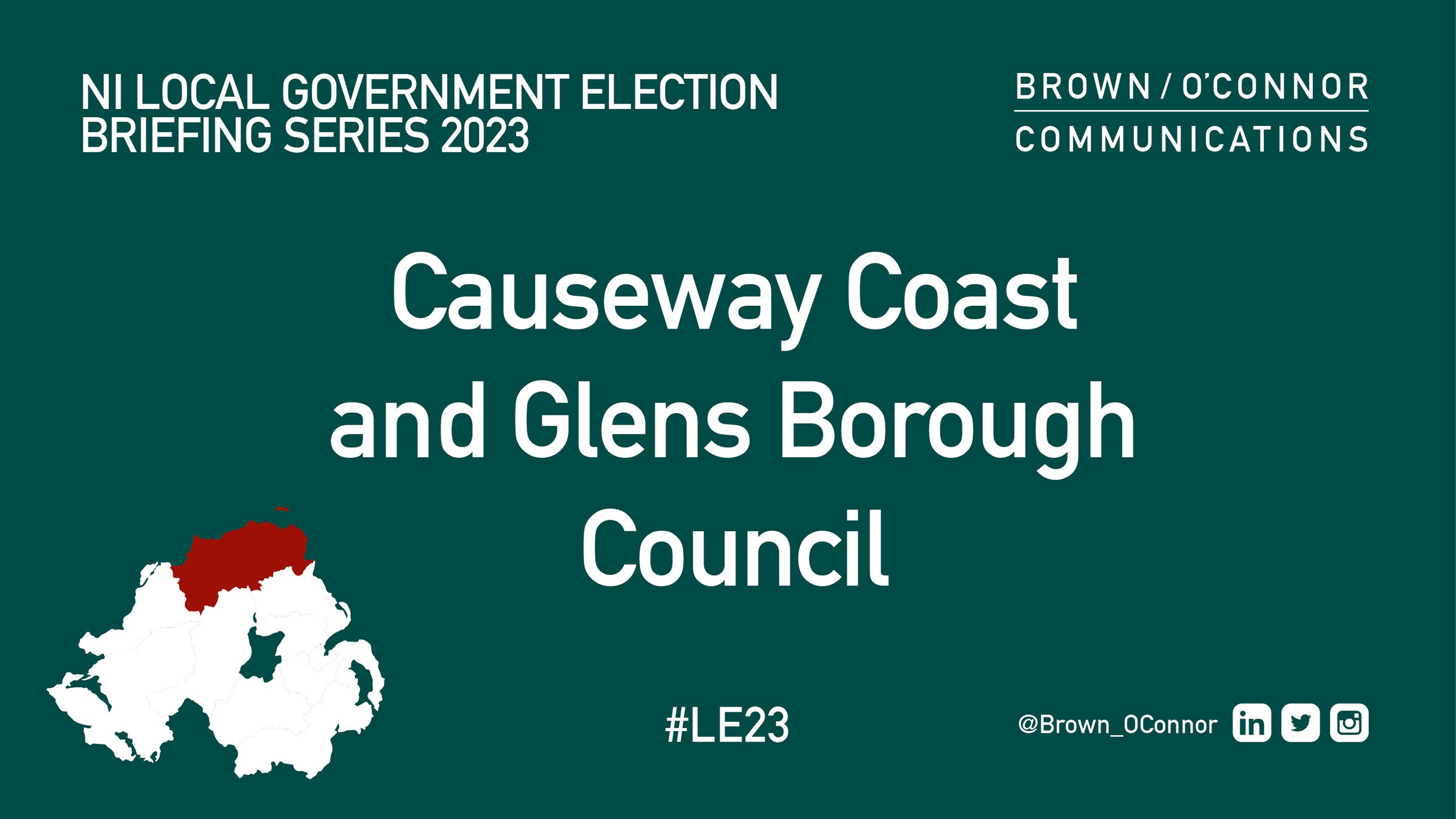KEY POINTS
The biggest nationalist majority of any council in Northern Ireland.
Sinn Féin pulled ahead of the SDLP to become the largest party on the council in 2019.
Just one of two councils where the UUP were bigger than the DUP after the last election (though defections subsequently reversed that position).
ABOUT THE COUNCIL AREA
The new Newry, Mourne and Down District Council replaced the former Down District and Newry and Mourne District Councils, with the addition of a small corner of the old Banbridge District Council. It’s the third largest council in terms of population and electorate; fourth largest in terms of geographic area. The council hugs the coastline, taking in Strangford, Newcastle, Kilkeel and Rostrevor, and stretching inland from Saintfield to Crossmaglen, and includes the town of Downpatrick and city of Newry. A total of 41 councillors are elected.
PREVIOUS ELECTION
Sinn Féin gained two seats to become the largest party at the last election.
The SDLP lost three seats and their share of the vote fell by seven percentage points.
Alliance more than tripled their vote but failed to gain any extra seats.
The UUP overtook the DUP as the largest Unionist party (though defections have since reversed that position).
SINCE 2019
Harry Harvey (DUP) and Liz Kimmins (Sinn Féin) were co-opted to the NI Assembly.
Patrick Brown (Alliance) and Cathy Mason (Sinn Féin) were elected to the NI Assembly.
One councillor died during the last council term, another shifted DEA, and a handful resigned and were replaced.
Two DUP councillors briefly resigned from the party and sat as independents for three months before re-joining their old party.
Harold McKee left the UUP and joined the TUV a fortnight later.
Independent Cadogan Enright joined the Alliance Party last summer.
UUP councillor Alan Lewis and independent Henry Reilly joined the DUP last summer.
COMMENTARY
The most solidly nationalist council in Northern Ireland was a real dog fight at the last election between the SDLP and Sinn Féin for dominance. The SDLP will be running a defensive operation this year, trying to hold territory from Sinn Féin and Alliance inroads in DEAs such as Downpatrick, Newry and Crotlieve. Sinn Féin is seeking to extend its lead by targeting to steal one of the SDLP’s three seats in Downpatrick, and is hopeful to gain one in Newry now that poll-topping independent Gavin Malone is not defending his seat.
Malone attracted 1.6 quotas of first preference votes in 2019 and analysis of the transfer of his surplus would suggest that Sinn Féin (around 40% second preferences), SDLP (35%) and Alliance (23%) will benefit from his absence in this poll if his supporters come out to vote. The Newry count will be one to watch as the final two seats are hard to predict between Sinn Féin, SDLP and Alliance (who could do well if more UUP voters transferred to them than back in 2019).
Within unionism, shifts in party allegiance will be tested at the ballot box.
Harold McKee and Henry Reilly are no strangers on the ballot paper for The Mournes DEA. Briefly UUP MLA for South Down, Harold McKee later defected to the TUV and this year could become the party’s first candidate to be successfully elected onto this council. For more than a decade, Henry Reilly was a UUP candidate in the old The Mournes DEA before topping the poll as a UKIP candidate in 2011 and 2014. Reilly joined the TUV for a year (Nov 2015–Nov 2016) and was comfortably elected as an independent in 2019. He’s now standing as the DUP candidate, his fifth affiliation in the area.
Unionism attracted 3.2 quotas of first preference votes in The Mournes at the last election and picked up three seats. The UUP are running Lloyd Douglas to regain this seat and it will be a critical battle for the party as their status as the largest unionist party on the council depends on his success.
Changes in affiliation may feature in results elsewhere in the council. Formerly a Green candidate, Cadogan Enright was elected as an independent in Downpatrick in 2014 and 2019. Having joined Alliance last year, Enright is running for his new party and could become their first elected councillor in Downpatrick. Newry is another target for the party, while Rowallane could come into play if there is a big swing away from the SDLP and UUP.
Slieve Gullion’s count was over in 2019 after just four stages. A wider field (up from 10 to 13) will slow down the process. Rowallane may be quickest to complete this year with just nine candidates chasing five seats.
Crotlieve DEA ultimately required nine stages to elect its six councillors from a field of 13 candidates. With 15 on the ballot this year, it could be a cumbersome DEA to complete.













